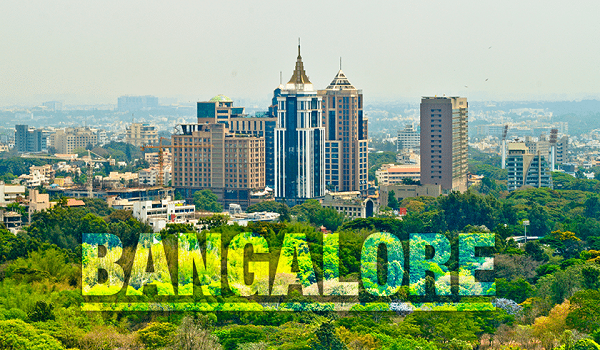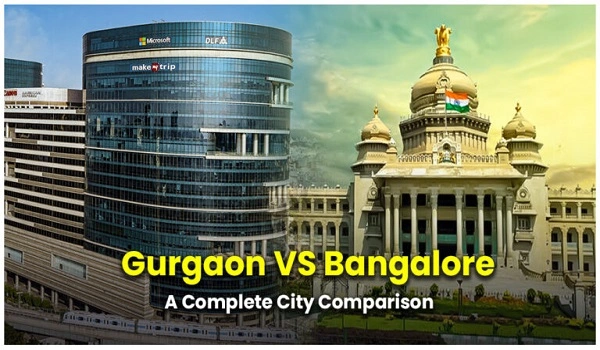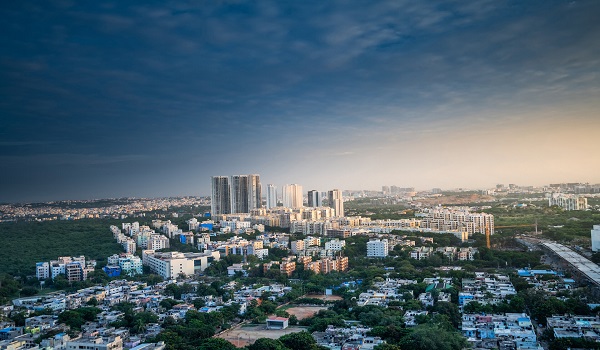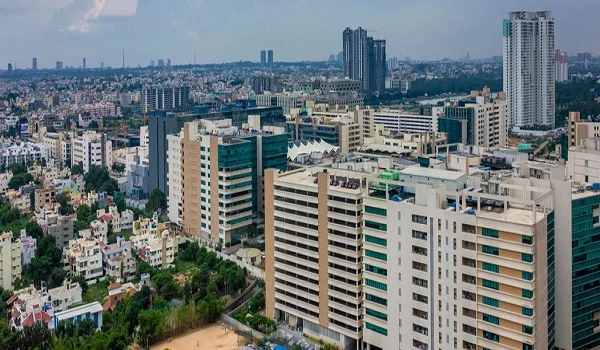How Did Bangalore Get Its Name?

Bangalore got its name from the old Kannada word “Bengaluru,” first recorded in 890 AD in a stone inscription found in Begur, near the city. The oldest reference to the name is on a 9th-century inscription written in old Kannada. It clearly mentions the word “Bengaluru,” proving that the name was in use more than 1,100 years ago. The inscription is linked to a war between the Ganga dynasty and the Chola dynasty.
Bangalore, now officially called Bengaluru, is one of the most important cities in India. It is the capital of Karnataka and is known as the “IT Capital of India.” The population of Bangalore in 2025 is 14.4 million. The story of how the city got its name is very old and has many versions, each telling something about the history, culture, and language of the region.
The most popular story comes from the 12th century. King Veera Ballala II of the Hoysala dynasty once got lost in a forest near today’s Bangalore. He was tired and hungry. An old woman gave him a bowl of boiled beans. The king was grateful and named the place “Benda-Kaal-Ooru,” which means “the town of boiled beans” in Kannada. Over time, “Benda-Kaal-Ooru” became shorter and easier to say. People began to call it Bengaluru, and later the British changed it to Bangalore.
Historical records show that the name Bengaluru is much older than the Hoysala legend. An inscription from 890 AD found in Begur, a place in Bangalore, mentions the word “Bengaluru.” This stone inscription, written in old Kannada, proves that the name was already in use more than 1,100 years ago. This record is linked to a war between the Gangas and the Cholas, two major South Indian dynasties.
During the time of the Western Ganga dynasty (350–1000 AD), the area that is now Bangalore was already settled with villages, temples, and farms. The name Bengaluru might have come from a word in old Kannada describing a “green village” or “town of guards.” Some historians believe it could have been a military settlement.
Different scholars give different meanings to the name Bengaluru:
- Some say it comes from “Benge” (a type of dry fuel wood) and “ooru” (village), meaning “village of fuel wood.”
- Others suggest it could mean “fort town” because the region had many forts in medieval times.
- A few experts even think the word could be linked to “Ven-kat-ad-ooru,” which over centuries changed to Bengaluru.
When the British came to India, they found the local name difficult to pronounce and used the anglicised form “Bangalore.” This name became popular during the colonial period. Many official documents, railway stations, and maps carried the word Bangalore.
In 2006, the Karnataka Government decided to restore the city’s original name, Bengaluru. On 1 November 2014, the change was made official. Today, both names are used, but Bengaluru is the formal one in government records.
The meaning of the city’s name connects to its culture. Bengaluru was once a small town with villages, fields, and forests. The name reflects its simple beginnings. Over time, it grew into a large metropolitan city with more than 13 million people as of 2023. It is home to IT companies, research centres, colleges, and hospitals. It is also known for pleasant weather and greenery, which match the meanings given to its name in history.
Whitefield is a modern and posh area in East Bangalore. It became famous after the IT boom of the 1990s. Many tech parks, global companies, and luxury apartments are in Whitefield. The name Bangalore is known around the world today because of areas like Whitefield, which show how the city has grown from a small “ooru” to a global IT hub.
- 890 AD – First recorded use of “Bengaluru” in the Begur inscription.
- 1115–1200 AD – Hoysala period story of boiled beans and King Veera Ballala II.
- 1537 AD – Kempe Gowda I built a mud fort and developed the town.
- 1791 AD – Bangalore was captured by the British after the Third Anglo-Mysore War.
- 1831 AD – British administration started in Bangalore.
- 2006 AD – Karnataka Government announced the name change.
- 2014 AD – “Bangalore” officially became “Bengaluru.”
The name Bangalore has a long journey. It began more than 1,100 years ago with the word “Bengaluru.” Legends, history, and language all shaped it. The British changed it to Bangalore, and today it has returned to Bengaluru. The city has gone from being a small village to one of the most advanced cities in the world. The name tells us about its roots, and its present growth shows how far it has come. From the “town of boiled beans” to the “Silicon Valley of India,” Bangalore carries both tradition and modern identity in its name.
Birla Estate pre launch new project is Birla Evara
Birla Evara Blog
| Enquiry |








